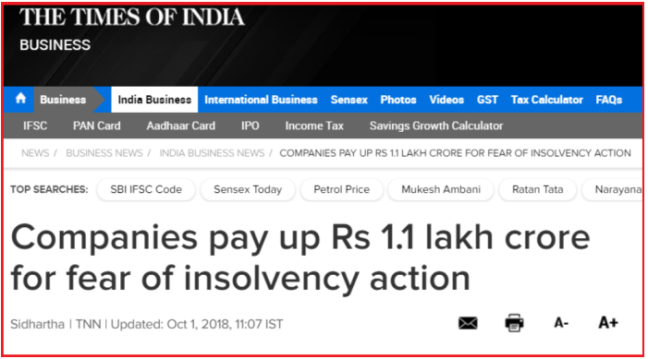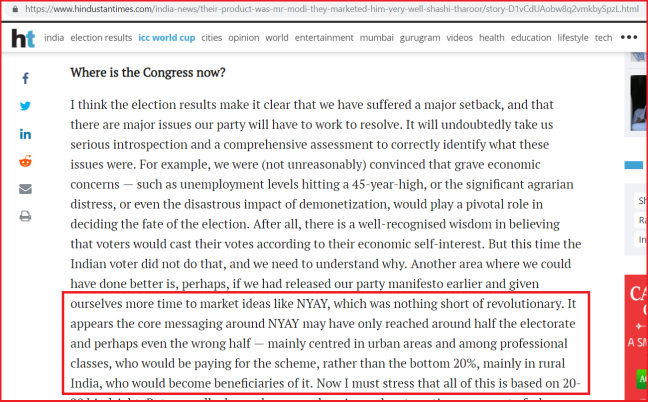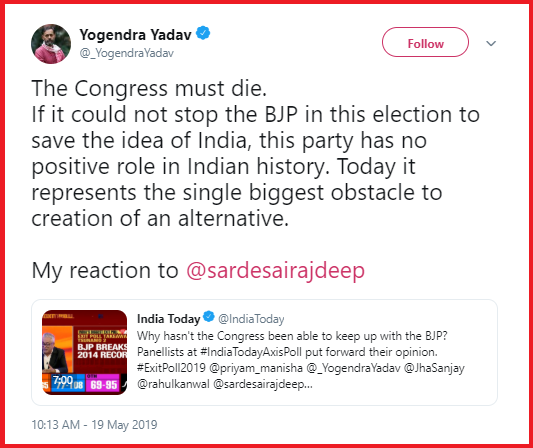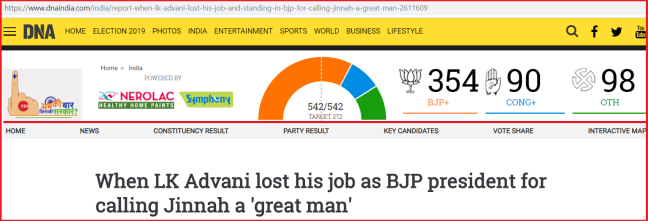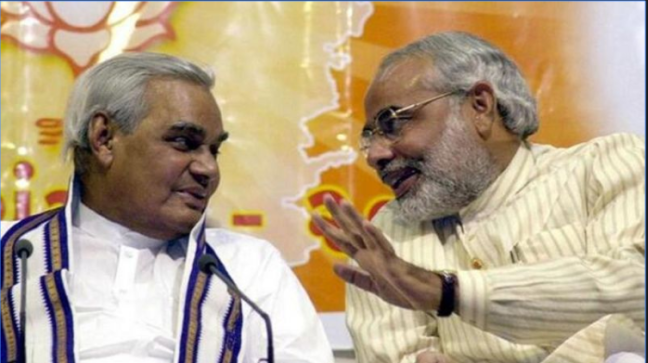That was fun. All the rumors and speculation were just that. Speculation. Till the very last moment, the biggest leak that emerged from the corridors of the new Modi government was perhaps some portion of the dinner menu. I don’t know if the media even managed to get that right.
They were waiting and so were we. In the same line, mind you.
If you think you’ve seen the full liberal meltdown on May 23, you are very very wrong. You haven’t seen nothin’ yet. The election results left the liberal elite gasping for breath, quivering and whimpering in pain. Trust PM Modi to rub it in … and in style.
Dear right wing friends, be sure to savor this moment. It is truly ours to enjoy. Go get drunk on liberal tears to your heart’s content.
But beyond the fun, there is a country to run. And I am confident that I speak for a lot of RW when I present these three wishes for Home Minister Amit Shah : the new sheriff in town.
(1) Wake up Naxals, because your time is up.
As I can only express in Hindi, subah ho gayi mamu. For several decades now, large parts of India’s heartland have been stalked by a great evil. Not only is it a violent attack on the Indian state, Naxal terrorism has made hostages of the poorest and weakest sections of our people. In every election, the people in these mostly tribal areas come out in ever higher numbers to express faith in our democratic system. Very often, they come out to vote quite literally at the peril of their lives.
These people deserve better. We can’t let the Naxals hold our people back at gunpoint. Too many generations have been lost already behind the iron curtain of left wing terrorism. In PM Modi’s first term, we saw the Naxals gradually squeezed into ever smaller territory as roads, railways and airports penetrated deep into the so called “red corridor”.

It’s now time for the final assault. The knockout punch to pulverize Naxalism once and for all. To bury the threat forever.
This, in short, is my first wish from Home Minister Amit Shah.
And no, I haven’t forgotten the ‘backroom Naxals’, who operate under cover of journalists, intellectuals and academics. I think Arun Jaitley used to call them the ‘overground face of the underground‘. Enough! It is time to identify their incentives, clamp down on them and shut down their NGO businesses. This applies not just to those who provide intellectual covering fire for Naxalism, but to the support crew for any other kind of terrorism, such as in Kashmir. We have to take apart the elaborate web of NGOs and “civil society organizations” that wine and dine our ‘intellectuals’ with funds from all sorts of dark sources, from Pakistan’s ISI to vested business interests. Many of the leads are already in the public domain. These have to be pursued vigorously and professional sedition put out of business.
This is not a free speech issue. A clampdown on paid lobbyists for enemy states, terrorists and miscellaneous vested interests has nothing to do with free speech.
(2) Rein in the ‘missionary mafia’
The cultural identity of India is under attack from another quarter. The missionary mafia is trying to ravage the diverse garden of Hindu society, seize us by the roots and tie us all up with Western oriented monotheism. One book. One god. One dogma for all, with no roots in India’s ancient culture.
They are aggressive and well funded. In our poverty lies their opportunity. Every adversity for India is a stroke of good fortune for them, whether it be a flood, an earthquake or a tsunami. They bring in money, resources and people from abroad, making a mockery of our laws on both immigration and foreign funding.
This daylight robbery needs to stop. It’s time to make the FCRA laws twice as strict and the penalties four times as harsh. Most important of all, we need to enact a strict nationwide anti-conversion law that should be enforced ruthlessly.
This is not about taking away the freedom of any person to choose their religion. This is about clamping down on organized cultural aggression. The Hindu religion is not Abrahamic, it does not seek converts, nor does it seek to dominate the world. If left unprotected, the one sided cultural aggression will ultimately flush away our identity.
(3) National Register of Citizens
If we want to stop the aggression from within, we need to know who is here. Are they Indians?
Even if we think beyond demographic aggression and only in economic terms, we simply do not have the resources to take care of everyone in the world. We have a right to put Indians first.
The NRC in Assam was a decent beginning to a very difficult task. But the NRC in Assam needs to be sharpened and the holes plugged. Stories abound of illegal immigrants who have smuggled their way into the list as bonafide Indian citizens. At the same time, many genuine Indians have been left out, which really hurts. Thereafter, the NRC must be applied nationwide, starting of course with West Bengal.
Of course, the NRC does not mean anything unless we also have the all important Citizenship Amendment Bill. As the inheritors of ancient Bharat, we must fulfill our historic duty towards those from the Indian subcontinent who have nowhere else to go : the persecuted Hindus, Sikhs, Jains and Buddhists from what is today Pakistan or Bangladesh.
In short, these are my three wishes for our Home Minister. It’s time to take the gloves off.


